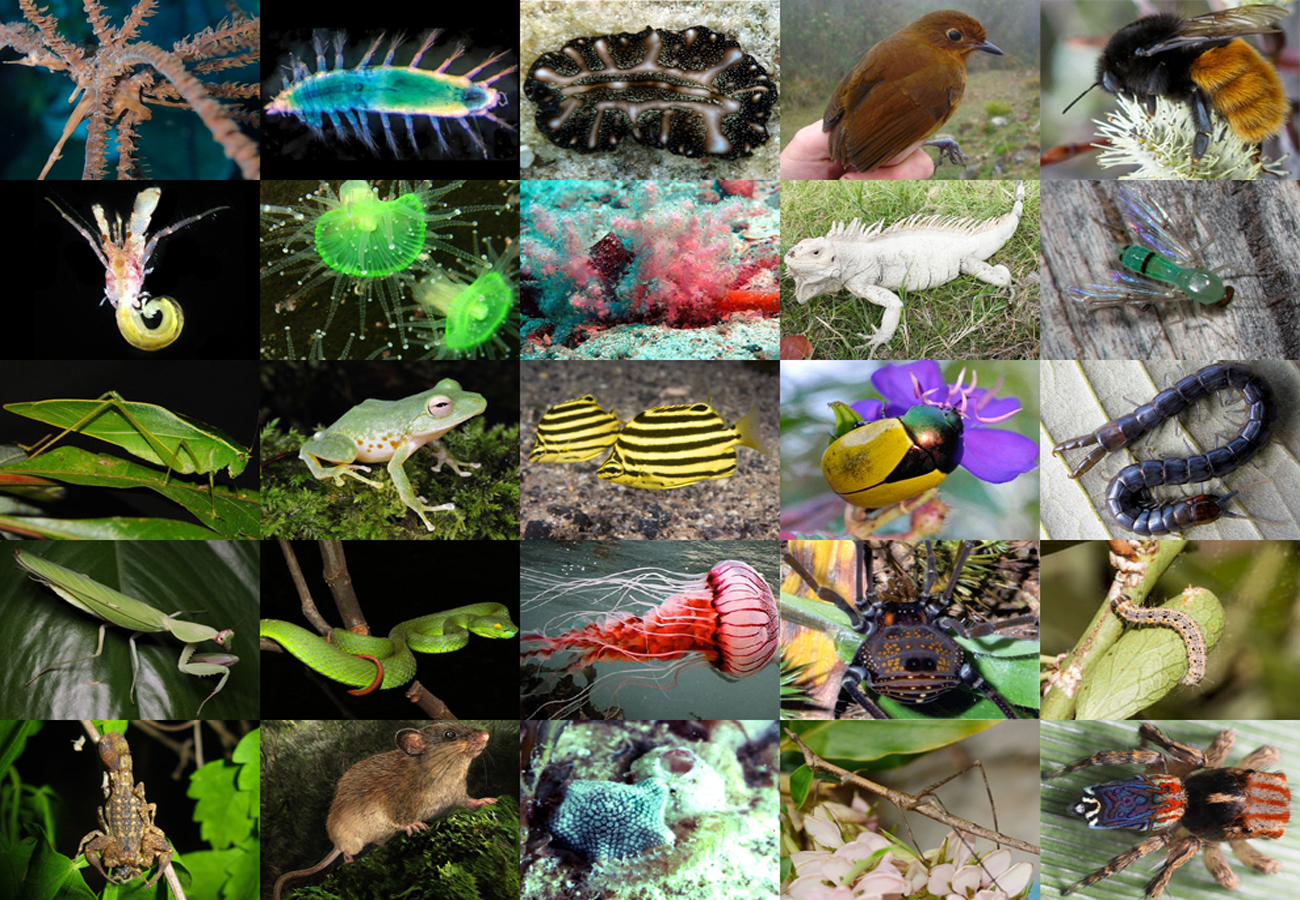Abstract
There are currently 3,900 recognized, extant snake species belonging to 529 genera globally (Uetz et al. 2021; this study), making snakes one of the most diverse major groups of squamates. Of the 665 currently recognized species that were described between 2001 and 2020 (a ~17% increase in total species), ~34% of these (226 species) were described in Zootaxa. This number does not include species resurrected from synonymy. The other ~66% (439) species were described in 105 other journals, bulletins or books (Fig.1a). Overall, the number of new snake species described every year is gradually increasing, and 40% of the new species described since 2011 were published in Zootaxa. Following Zootaxa, the second ranked journal, with 37 described species since 2001, is Herpetologica (Fig. 2). Anecdotally, the choice of Zootaxa as a publication outlet for new species descriptions by most authors is based on speed of publication post-acceptance, publication free of charge, relatively unconstrained number of papers published per year, relatively unconstrained manuscript length, expert section editors and reviewers, and consolidated scientometric parameters.
References
Andy, S. (2011) rworldmap: A New R package for Mapping Global Data. The R Journal, 3/1, 35–43.
https://doi.org/10.32614/RJ-2011-006
Burbrink, F.T., Grazziotin, F.G., Pyron, R.A., Cundall, D., Donnellan, S., Irish, F., Keogh, J.S., Kraus, F., Murphy, R.W., Noonan, B., Raxworthy, C.J., Ruane, S., Lemmon, A.R., Lemmon, E.M. & Zaher, H (2020) Interrogating genomic-scale data for Squamata (lizards, snakes, and amphisbaenians) shows no support for key traditional morphological relationships. Systematic Biology, 69, 502–520.
https://doi.org/10.1093/sysbio/syz062
Garnier, S. (2018) viridis: Default Color Maps from ‘matplotlib’. R package version 0.5.1.
R Core Development Team (2020) R: a language and environment for statistical computing.
Uetz, P., Freed, P. & Hošek, J. (2021) The Reptile Database. Available from: http://reptile-database.reptarium.cz (accessed 1 March 2021)
Wickham, H. (2016) ggplot2: Elegant Graphics for Data Analysis. Springer-Verlag New York, 253 pp.
https://doi.org/10.1007/978-3-319-24277-4_9
Wickham, H., Averick, M., Bryan, J., Chang, W., McGowan, L.D, François, R., Grolemund, G., Hayes, A., Henry, L., Hester, J., Kuhn, M., Pedersen, L.T., Miller, E., Bache, S.M., Müller, K., Ooms, J., Robinson, D., Seidel, D.P., Spinu, V., Takahashi, K., Vaughan, D., Wilke, C., Woo, K. & Yutani, H. (2019) Welcome to the tidyverse. Journal of Open Source Software, 4(43), 1686.
https://doi.org/10.21105/joss.01686
Wickham, H. (2020) forcats: Tools for Working with Categorical Variables (Factors). R package version 0.5.0. [https://CRAN.R-project.org/package=forcats]
Wickham, H., François, R., Henry, L. & Müller, K. (2021) dplyr: A Grammar of Data Manipulation. R package version 1.0.4. [https://CRAN.R-project.org/package=dplyr]
Zaher, H., Murphy, R.W., Arredondo, J.C., Graboski, R., Machado-Filho, P.R., Mahlow, K.K., Montingelli, G.G., Quadros, A.B., Orlov, N.L., Wilkinson, M., Zhang, Y.P. & Grazziotin, F.G. (2019) Large-scale molecular phylogeny, morphology, divergence-time estimation, and the fossil record of advanced caenophidian snakes (Squamata: Serpentes). PloS One, 14, e0216148.


